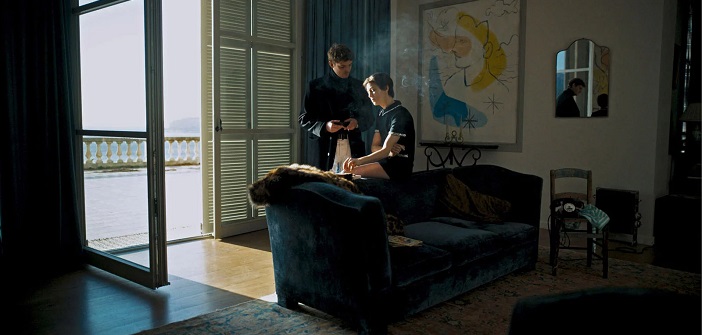1960s. Suzanna is a 40-year-old woman aged before her time and trapped in a high-class marriage. She must choose between her life as a woman and mother governed by conventions and a more carefree existence embodied by her young lover.
She went down for a few days, maybe a weekend (in Duras’s work, time is vague) to the Côte d’Azur to join her lover, Michel (Niels Schneider). The latter borrows his look (white jeans, turtleneck, black coat, and boots) from the photographer in Blow-up (1966), by Michelangelo Antonioni. As a result, he seems more contemporary.
It’s the first time Suzanna has had a lover. Meanwhile, her husband, Jean, regularly cheats on her in luxury hotels somewhere in Chantilly or on the Normandy coast. She doesn’t seem to really suffer from it—unless she’s hiding it. She must decide: Michel or Jean?
Suzanna is also an enigma. In love or not? With her husband, with her lover? Indecisive, hesitant, drifting.
Benoît Jacquot adapts a little-known play by Marguerite Duras for the screen, featuring a trio of fleeting characters. A beautiful film due to its text and natural light cinematography.
Charlotte Gainsbourg, captivating, brings Duras’s theater to life in a static setting where everything is blurry, soft, and gentle.
The expressiveness of the gazes, the play of shadows and lights, and the portraits delight the eye. The dialogue is too languid despite Niels Schneider’s well-portrayed performance.


